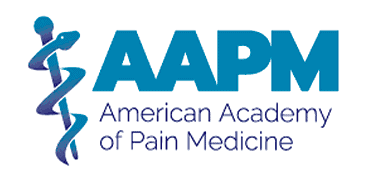Management of Primary Headaches in Pregnancy
The Evidence-based Practice Center Program at the Agency for Healthcare Research and Quality (AHRQ) has posted the draft report for the systematic review on Management of Primary Headaches in Pregnancy. Read more.
